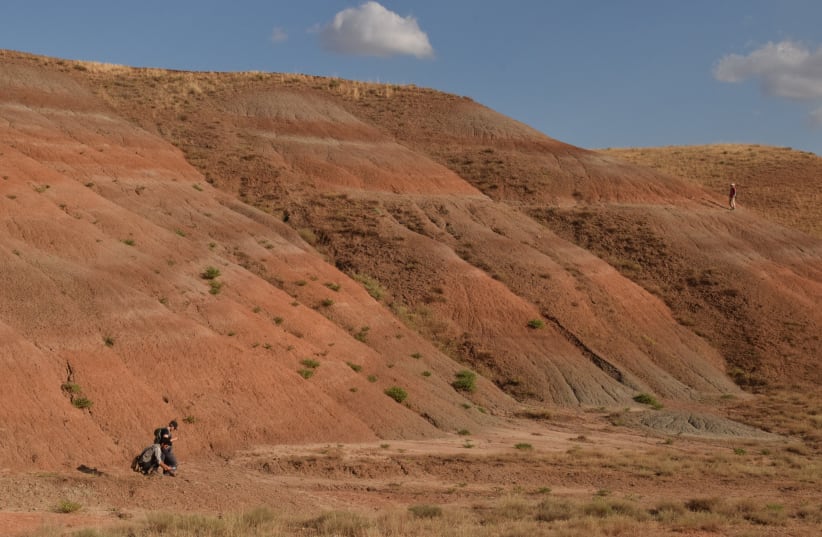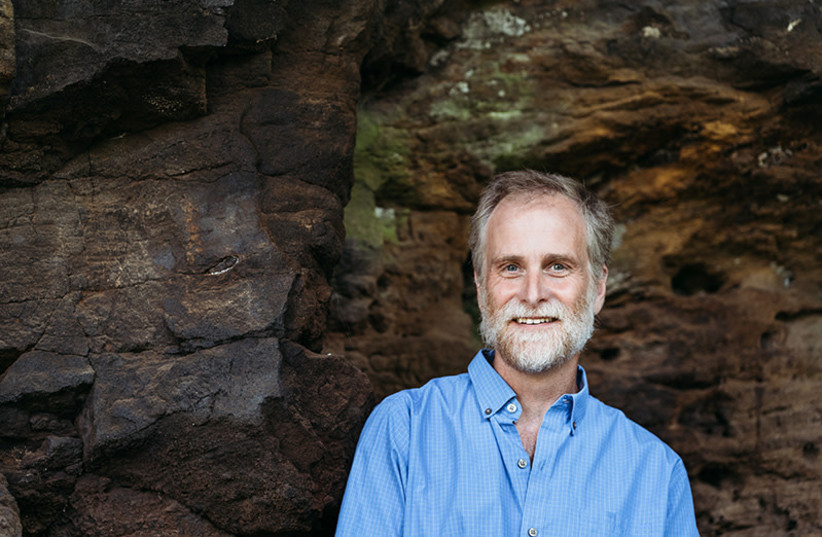An international team of scientists says their recent research using a new dating method pushes back by a million years the age of some of the ancient fossils found at the famous Sterkfontein Caves in South Africa, upturning the established understanding on human evolution.
A part of the UNESCO World Heritage Site known as the “Cradle of Humanity,” the cave has provided a wealth of fossils relating to human evolution, which scientists have been studying for decades. Sterkfontein was made famous by the discovery of the first adult Australopithecus, an ancient hominin, in 1936. Since then, hundreds of other Australopithecus fossils have been found there including among them the more well-known skull of Mrs. Ples (who some researchers say may actually be a Mr.) and a nearly complete skeleton known as Little Foot.
The new dating would also make the Sterkfontein Cave fossils older than the famed Lucy skeletal fossil, known as Dinkinesh in Ethiopia where it was found in 1979. Lucy is believed to represent the species Australopithecus afarensis and have lived 3.2 million years ago, with one previous study saying she may have fallen to her death from a tree.
Now in the recent study published in the Proceedings of the National Academy of Sciences (PNAS), a team led by Purdue University geologist Professor Darryl Granger, who developed the dating method, said they have discovered that not only Little Foot, but all of the Australopithecus-bearing cave sediments date from about 3.4 to 3.7 million years old, rather than 2-2.5 million years old as scientists previously theorized. That would place these fossils toward the beginning of the Australopithecus era, rather than near the end.
Researchers from the University of the Witwatersrand in Johannesburg, South Africa and the University Toulouse Jean Jaurès in France also took part in the study.
Granger specializes in dating geologic deposits, including those in the Sterkfontein Caves. As a doctoral student, he devised a method for dating buried cave sediments that is now used by researchers all over the world. His previous work at Sterkfontein dated the Little Foot skeleton to 3.7 million years old, but scientists are still debating the age of other fossils at the site, noted a press release from Purdue University.
“Australopithecus fossils from the richest hominin-bearing deposit at Sterkfontein in South Africa are considerably older than previously argued by some and are contemporary with Australopithecus afarensis in East Africa,” said the researchers in their paper, arguing that their dates also demonstrated the limitations of the widely held belief that Australopithecus africanus—well represented at Sterkfontein—descended from Australopithecus afarensis.
“The contemporaneity of the two species now suggests that a more complex family tree prevailed early in the human evolutionary process.”
The researchers
They also maintained that their new dating highlighted the additional limitations of the use of faunal age estimates—dating from bones—which has been the most relied-upon method for the South African sites.
The dating developed by Granger relies on a radioisotopic dating technique called isochron burial dating which uses radioisotopes within several rock samples surrounding a fossil to date when the rocks and the fossil were first buried underground.
Method
Granger and the team used accelerator mass spectrometry to measure radioactive nuclides in the rocks, as well as geologic mapping and an intimate understanding of how cave sediments accumulate to determine the age of the Australopithecus-bearing sediments at Sterkfontein, according to a press statement.
Granger and the research group at the Purdue Rare Isotope Measurement Laboratory (PRIME Lab) study cosmogenic nuclides and what they can reveal about the history of fossils, geological features and rock. Cosmogenic nuclides are extremely rare isotopes produced by cosmic rays—high-energy particles that constantly bombard the earth.
These incoming cosmic rays have enough energy to cause nuclear reactions inside rocks at the ground surface, creating new, radioactive isotopes within the mineral crystals. An example is aluminum-26: aluminum that is missing a neutron and slowly decays to turn into magnesium over a period of millions of years. Since aluminum-26 is formed when a rock is exposed at the surface, but not after it has been deeply buried in a cave, PRIME lab researchers can date cave sediments (and the fossils within them) by measuring levels of aluminum-26 in tandem with another cosmogenic nuclide, beryllium-10. When a rock is buried or deposited in a cave, the isotopes decay at known rates. The ratio of the remaining aluminum-26 and beryllium-10 can be used to determine how long the rock has been underground, Granger said previously in a press release.
A graph of the isotope ratios, called an isochron, is created for the rock samples. If a strong isochron line forms, it increases the confidence that the samples on the line meet the criteria to be good candidates for accurate dating. Samples that have been compromised, due to reburial or natural movement of sediment within a site, fall above or below the line can be tossed out of the analysis, Granger said.
In addition to the new dates at Sterkfontein based on cosmogenic nuclides, the research team made careful maps of the cave deposits and showed how animal fossils of different ages would have been mixed together during excavations in the 1930s and 1940s, leading to decades of confusion with the previous ages.
“What I hope is that this convinces people that this dating method gives reliable results,” Granger said in the press statement. “Using this method, we can more accurately place ancient humans and their relatives in the correct time periods, in Africa, and elsewhere across the world.”
Sterkfontein is a deep and complex cave system that preserves a long history of hominin occupation of the area. Understanding the dates of the fossils here can be tricky, as rocks and bones tumbled to the bottom of a deep hole in the ground, and there are few ways to date cave sediments, noted the press statement.
In East Africa, many hominin fossils have been found, covered by layers of ash from the Great Rift Valley volcanoes that can be dated. Researchers use those layers to estimate how old a fossil is. But that is not possible in South Africa – especially in a cave. There, scientists usually use other animal fossils found around the bones to estimate their age or calcite flowstone, sheet-like deposits formed where water flows down the walls or along the floors of a cave.
But bones can shift in the cave, and young flowstone can be deposited in old sediment, making those methods potentially incorrect. A more accurate method is to date the actual rocks in which the fossils were found, according to the researchers. The concrete-like matrix that embeds the fossil, called breccia, is the material Granger and his team analyzed.
“Sterkfontein has more Australopithecus fossils than anywhere else in the world,” Granger said in the press statement. “But it’s hard to get a good date on them. People have looked at the animal fossils found near them and compared the ages of cave features like flowstones and gotten a range of different dates. What our data does is resolve these controversies. It shows that these fossils are old – much older than we originally thought.”

